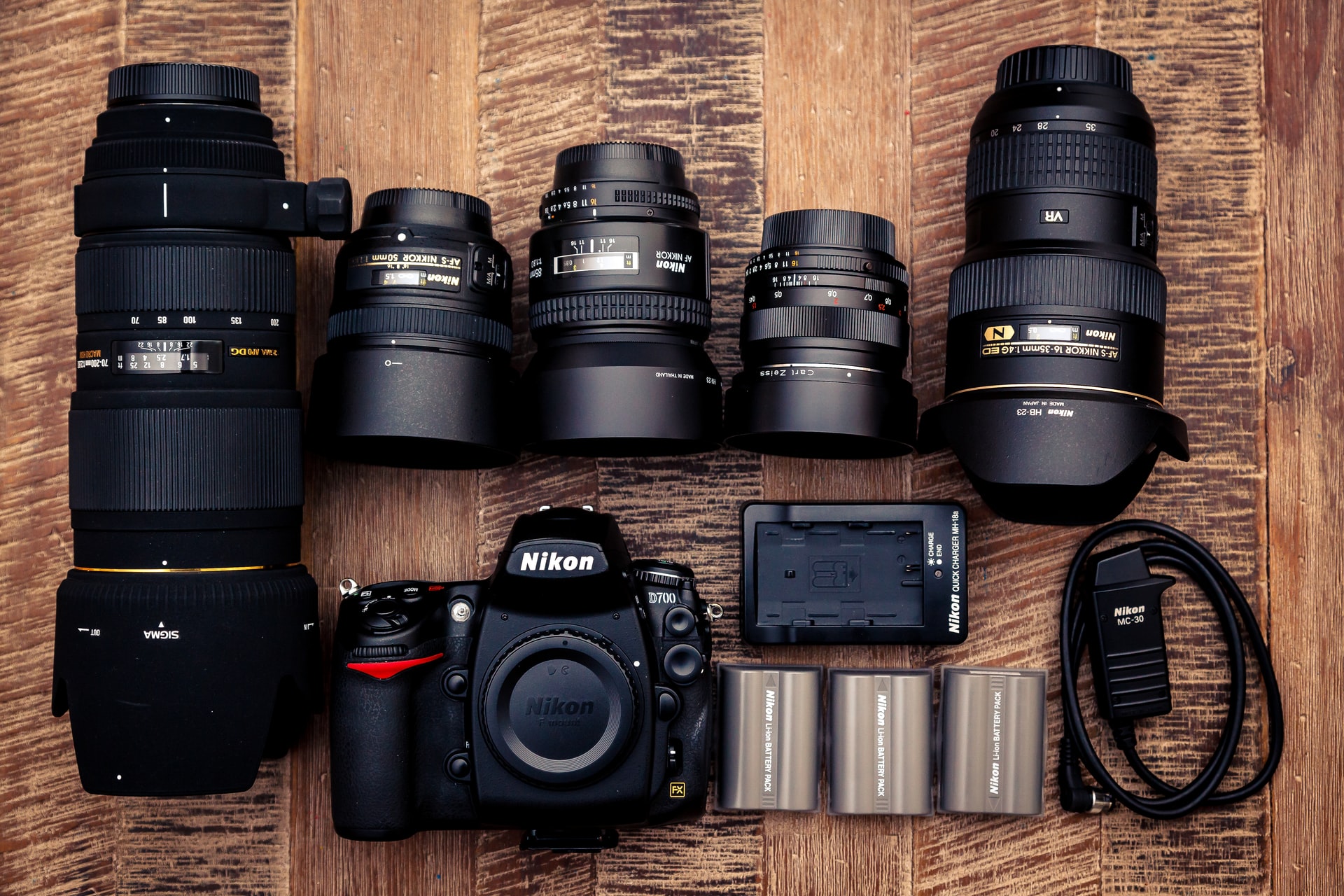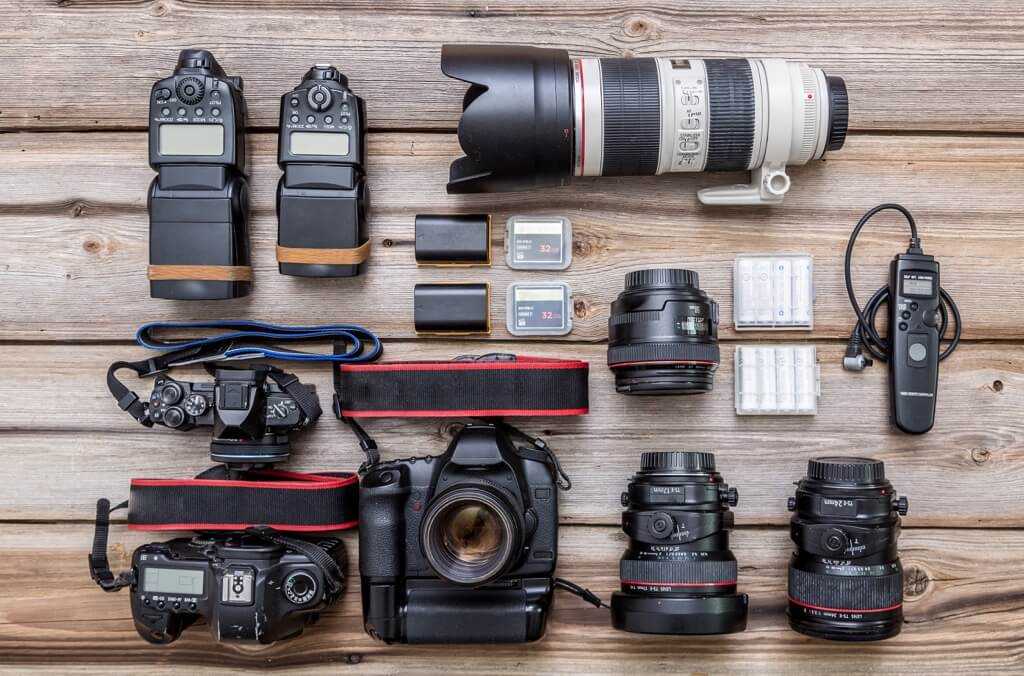Cameras and Photography Gear: A Complete Guide for Enthusiasts and Professionals

Photography is an art form that has evolved tremendously over the past few decades. From the days of film cameras to the modern digital age, technology has played a vital role in shaping how we capture moments. Whether you’re a budding photographer or a seasoned professional, having the right cameras and photography gear is essential to achieving the best results. In this comprehensive guide, we’ll explore everything you need to know about cameras, lenses, accessories, and more.
Understanding the Different Types of Cameras
Before you start assembling your photography gear, it’s important to understand the different types of cameras available on the market. Choosing the right camera for your needs is the first step in becoming a skilled photographer.
1. DSLR Cameras
DSLRs (Digital Single-Lens Reflex) cameras are widely popular for their versatility and high-quality image production. These cameras use a mirror to reflect light from the lens into an optical viewfinder, allowing photographers to see exactly what the camera is capturing. DSLR cameras are known for their wide range of lenses and accessories, making them suitable for both beginners and professionals.
- Pros: Exceptional image quality, vast lens selection, robust features, and advanced manual controls.
- Cons: Bulky, expensive, and requires more expertise to operate fully.
2. Mirrorless Cameras
Mirrorless cameras have gained popularity as a more compact alternative to DSLRs. Unlike DSLRs, mirrorless cameras do not use a mirror and optical viewfinder. Instead, they rely on an electronic viewfinder (EVF) or the camera’s LCD screen for composing shots. Despite their smaller size, mirrorless cameras offer professional-level features, making them a top choice for many photographers.
- Pros: Compact and lightweight, fast autofocus, excellent image quality.
- Cons: Limited lens selection compared to DSLRs (though this is changing), shorter battery life.
3. Compact Cameras (Point-and-Shoot)
Compact cameras are the go-to choice for casual photographers. These cameras are simple to use and require minimal setup, making them ideal for travelers or beginners who don’t want to deal with the complexity of professional equipment. While they don’t offer the same image quality or control as DSLRs or mirrorless cameras, they are incredibly convenient for everyday use.
- Pros: Compact, affordable, easy to use.
- Cons: Limited manual controls, smaller sensors leading to lower image quality in low light.
4. Medium Format Cameras
For photographers seeking the highest level of detail and resolution, medium format cameras offer outstanding image quality. These cameras feature a larger sensor size, which allows for higher resolution images with better color depth and detail.
- Pros: Exceptional image quality, ideal for commercial photography, portraits, and landscapes.
- Cons: Expensive, large, and heavy.
Key Photography Gear and Accessories
Having the right camera is only the beginning. To enhance your photography experience and improve the quality of your images, you’ll need to invest in accessories that complement your camera. Here are some of the essential photography gear items every photographer should consider:
1. Lenses
The lens you choose has a significant impact on the type of photos you can capture. There are several types of lenses, each suited to different photography styles.
- Prime Lenses: These lenses have a fixed focal length and often deliver sharper images with a wider aperture. Ideal for portraits and low-light situations.
- Zoom Lenses: Zoom lenses allow you to adjust the focal length and zoom in or out. They are perfect for wildlife or event photography where flexibility is required.
- Wide-Angle Lenses: These lenses offer a wider field of view, perfect for landscape and architectural photography.
- Macro Lenses: Ideal for capturing extreme close-ups, such as insects or small objects.

2. Tripods
A tripod is a must-have for photographers who want to avoid camera shake, especially in low-light conditions or long exposure shots. Tripods help stabilize the camera, allowing for sharper images and smoother video recordings. Look for lightweight tripods if you’re a travel photographer and heavier models for studio work.
- Types of Tripods:
- Standard Tripods: Suitable for general photography and video shooting.
- Gorillapods: Flexible and compact, great for travel and vlogging.
- Monopods: Single-legged and portable, ideal for quick setups and sports photography.
3. Camera Bags
Carrying your gear safely and conveniently is essential. A good camera bag will protect your camera, lenses, and accessories while keeping them organized. Camera bags come in various styles, including backpacks, shoulder bags, and sling bags, so choose one based on your travel style and the amount of gear you need to carry.
4. External Flash and Lighting Equipment
Lighting is one of the most important elements of photography. While natural light is great, external flashes and lighting equipment give you the flexibility to control your lighting setup, even in poorly lit environments. You can use softboxes, light modifiers, and reflectors to achieve professional-level lighting for your portraits or product photography.
5. Filters
Filters are often used to enhance your shots. A polarizer filter helps reduce reflections and improve colors, while a ND (Neutral Density) filter allows you to shoot with a wider aperture in bright light. Filters are essential tools for landscape photographers who want to capture the perfect shot without post-editing.
6. Memory Cards
Don’t forget to invest in high-quality memory cards. It’s essential to have multiple memory cards on hand for large photoshoots or long video recordings. Always go for high-speed SD cards to ensure smooth data transfer and avoid memory card failures.
Choosing the Right Photography Gear for Your Needs
When selecting your cameras and photography gear, consider your specific needs. Are you a portrait photographer, a landscape enthusiast, or a vlogger? Your choice of gear will vary depending on your goals.
- For Landscape Photography: A DSLR or mirrorless camera paired with a wide-angle lens, tripod, and ND filters will give you stunning results.
- For Portrait Photography: A prime lens with a wide aperture (f/1.4 or f/1.8), a flash, and a reflector will help you capture beautiful, well-lit portraits.
- For Travel Photography: A compact mirrorless camera or point-and-shoot camera with a zoom lens is lightweight and portable, making it ideal for on-the-go shooting.
- For Vlogging: A mirrorless camera with 4K video recording capabilities, a gimbal, and a microphone will help you create professional vlogs.
Photography Tips for Beginners
If you’re new to photography, getting started can feel overwhelming. However, with the right guidance, you can quickly learn to capture stunning images. Here are a few tips to help you along the way:
1. Master the Exposure Triangle
The exposure triangle consists of aperture, shutter speed, and ISO. Understanding how each of these elements works together will allow you to take properly exposed photographs in any lighting condition.
2. Learn Composition Rules
Learning the basics of composition, such as the rule of thirds or the leading lines technique, will significantly improve your photos. These techniques help guide the viewer’s eye and make your images more engaging.
3. Practice Regularly
The best way to improve your photography skills is to practice consistently. Try experimenting with different genres, such as street photography, macro, or landscape. The more you shoot, the better you will become.
FAQs About Cameras and Photography Gear
Q1: What is the best camera for beginners?
For beginners, mirrorless cameras or entry-level DSLRs are great options. Cameras like the Canon EOS Rebel series or the Sony Alpha a6000 are known for their ease of use and impressive performance.
Q2: Do I really need a tripod?
If you’re shooting in low light, long exposure photography, or landscapes, a tripod is essential to prevent camera shake and ensure sharp images.
Q3: How much should I spend on a camera?
The amount you spend on a camera depends on your needs and experience level. Entry-level cameras can be found for under $500, while professional models can cost upwards of $3,000 or more. Choose based on your budget and photography goals.
Conclusion
Investing in the right cameras and photography gear is crucial for capturing high-quality images and improving your photography skills. Whether you’re a professional photographer or a hobbyist, having the proper equipment can make a world of difference in your results. By understanding the types of cameras available and investing in the right accessories, you’ll be on your way to taking amazing photos in no time.
For more insights on the latest photography gear and tips, check out Sleeklens Photography and We Seek Travel.


